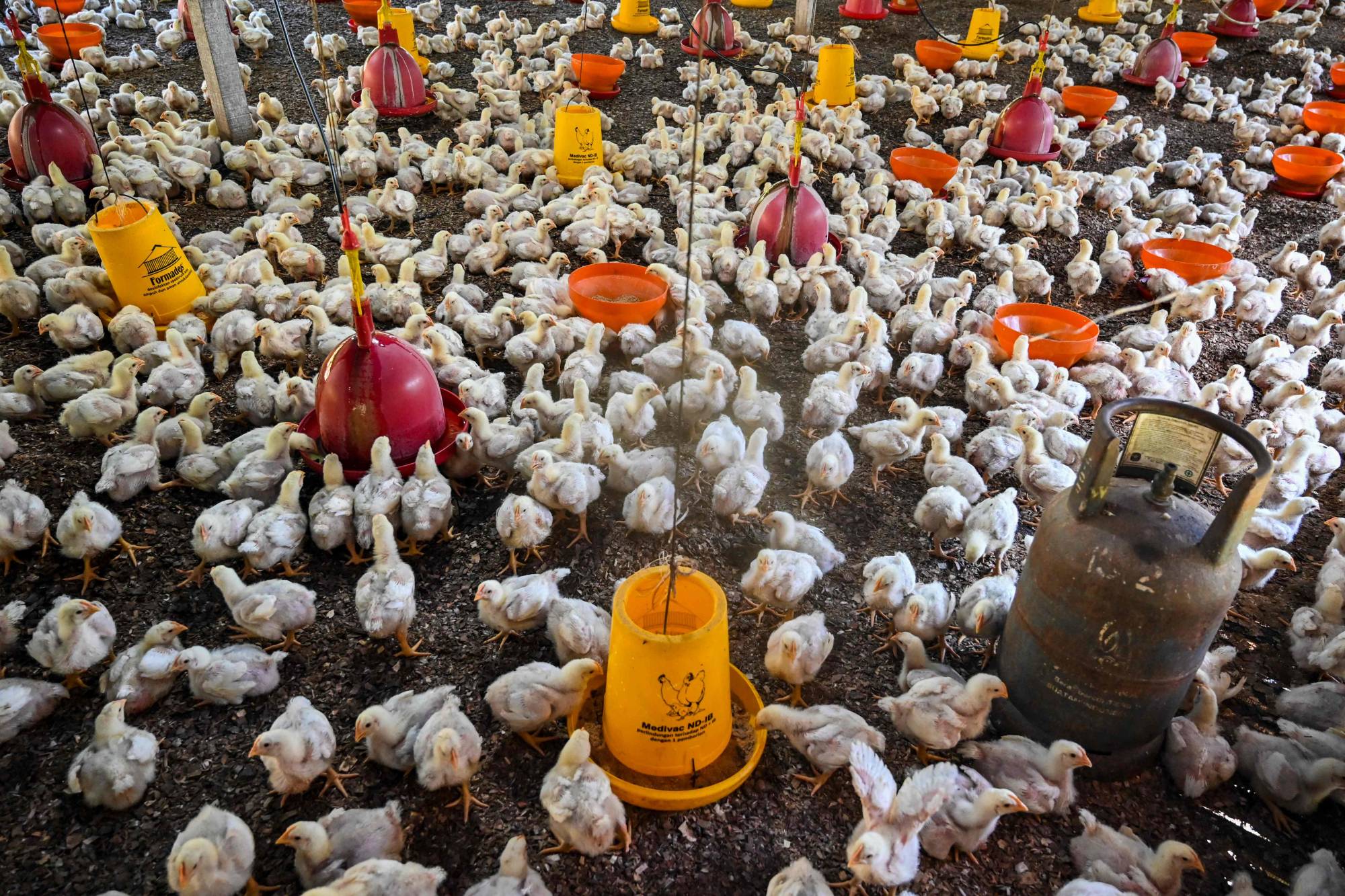Hardly a week passes by without news of a poultry farm in Japan being hit by an avian flu outbreak.
Since the start of the bird flu season in October, 80 farms in 26 prefectures have been affected, forcing a record 16.1 million chickens to be culled as of Wednesday, according to the agriculture ministry.
Just this month, four outbreaks were reported at egg farms in Fukuoka, Niigata and Iwate prefectures, and officials in the Tohoku region and Hokkaido are on high alert as migratory birds carrying the virus are now making their way toward the northern parts of the country.
















With your current subscription plan you can comment on stories. However, before writing your first comment, please create a display name in the Profile section of your subscriber account page.